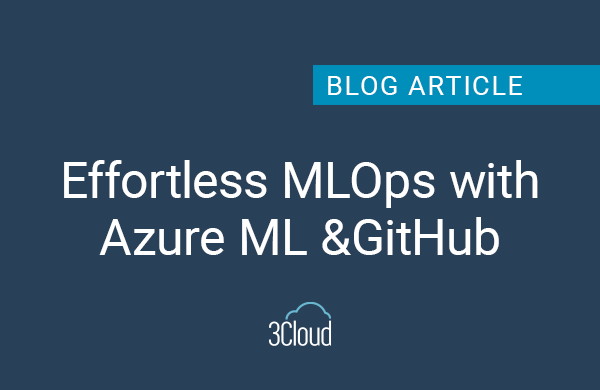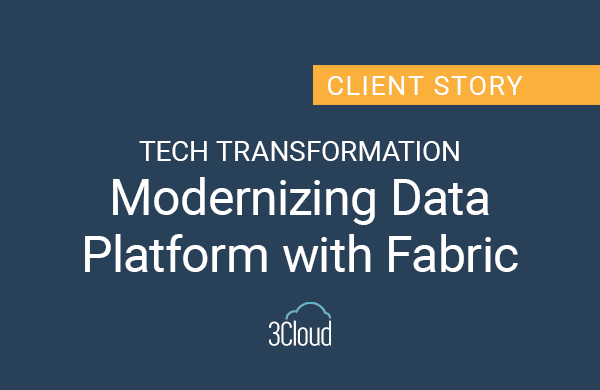Harnessing data can enhance and optimize a company’s workforce by defining goals, measuring successes and pointing to problems. The challenge for most companies is knowing where to begin and what to measure. Unfortunately, there is no “one size fits all solution.” I believe that the best measures are unique to each company, depending on their individual needs.

Workforce analytics is a process — one that is continuously advanced by improving problem solving, measurement, research methods and technology. While the starting point may be different for every company, the key to success is the same: beginning the journey.
Creating a workforce analytics roadmap starts with implementing actionable measures that have a high impact potential. That means identifying what factors may lead to behavioral or mindset changes. Those changes could ultimately lead to advancements in policies, procedures or practices to increase a company’s success.
The outcomes of the analytical process drive discussion, equipping companies with the tools needed to make informed decisions to solve business problems.
Strategic Understanding
Do employees know why customers and clients seek the company out? What makes it unique or desirable? A company can best determine whether its workforce has a strategic understanding of its direction by way of a survey. Having team members ask themselves “Am I sufficiently informed about our company’s plans?” is a great survey jumping off point. Analyzing the baseline and long-term trend of this measure – by department, team and location – can provide tremendous insights.
Educators and authors Mark A. Huselid, Brian E. Becker, and Richard W. Beatty (2005) have done significant research around the impact strategic understanding has on company performance. Creating alignment and transparency for what is important can do wonderful things. It is also very actionable – low scores mean better and more initiatives around alignment and understanding.
Defining Success
Does the company have a clear agreement and understanding of what it focuses on to measure success? If so, are employees aware of it?
In a conversation with the owner of multiple successful coffee franchises, I asked what defines his success. “I call or text at the end of the night to ask about total cups sold,” he answered. “There is no better measure of our sales team’s performance.”
I attempted to dig a little deeper, asking about the margins of different types of coffee and other products. That only adds unnecessary complexity, the owner said. If we start doing that, he added, we lose focus, we end up pushing things on our customers they don’t want, and we end up losing customers.
For this organization, sharing the simple metric of “cups sold” defines success. If that metric is met, all other traditional metrics, such as margin and cash flow, fall in line. Knowing whether your workforce understands the company definition of success can help build alignment and focus in the organization.
Visible Success Measures
The third step in the journey toward effective workforce analytics is to make the strategic measure visible. Once employees understand the company’s strategy and can define its success, broadcast that definition to your workforce. This is often done by breaking the success metric down by team, department and shift, and displaying it in a common area.
This measure needs to be the one thing everyone looks at the end of the day. Great analytics departments help to make sure that happens. They frequently enable transparency on these metrics using dashboards. These traditionally offer a single version of the truth for the entire organization. A more recent trend is to embed business intelligence inside of customer relationship management, enterprise resource planning, or line-of-business applications so that the metrics are front-end-center to the team.
Once your workforce understands what makes the company unique and what makes it successful, it’s time to make sure they understand their individual role. Employees need to know how they personally help drive business success.
Putting it all Together
A superior workforce analytics strategy must measure and analyze the leading indicators that impact success – indicators that are unique to each organization.
The ongoing analytics process starts by prioritizing the items you can take action on, and defining what can potentially impact the business and its success. From there, those metrics should be shared with the team, personalized and frequently measured to see where a business is in relation to its goals.
Remember, workforce analytics is a process in which many things are changing. However, we can improve as we undertake the process and start learning. I would enjoy hearing your thoughts.
Derrick McIver is a professor of management at the Haworth College of Business at Western Michigan University. He can be reached at [email protected].
If you enjoyed this blog post, be sure to check out other BlueGranite articles relating to workforce analytics:
- Demo Day: Human Resources Analytics Insights Through Mashup
- Strategic Analytics & BI: How to Maximize Value for Your Organization
- Demo Day: Better Hiring and Retention with Predictive Analytics
References
Huselid, M. A., Becker, B. E., & Beatty, R. W. 2005. The workforce scorecard: Managing human capital to execute strategy: Harvard Business Review Press.




